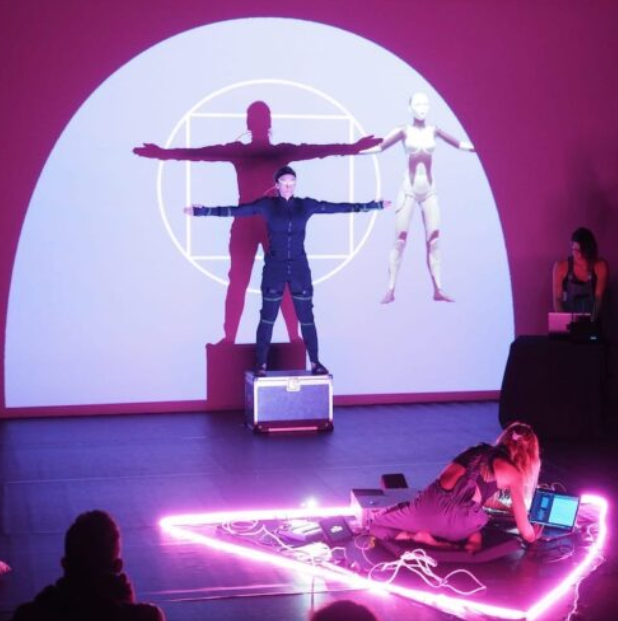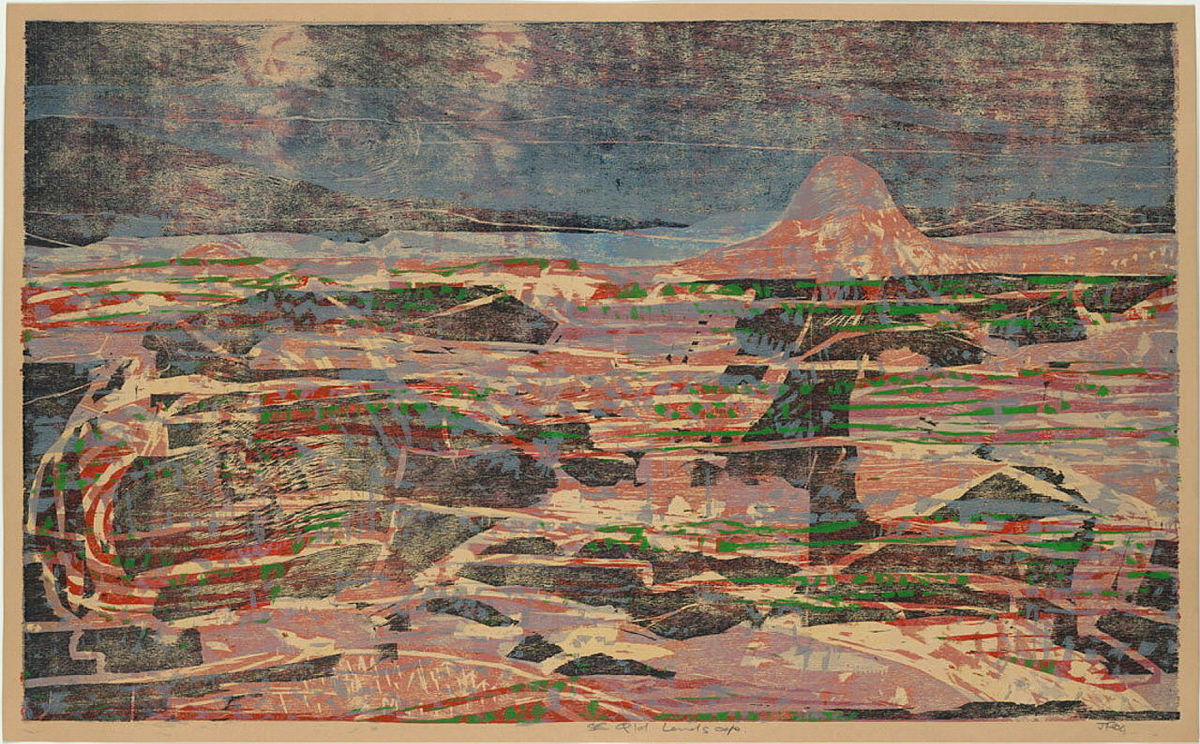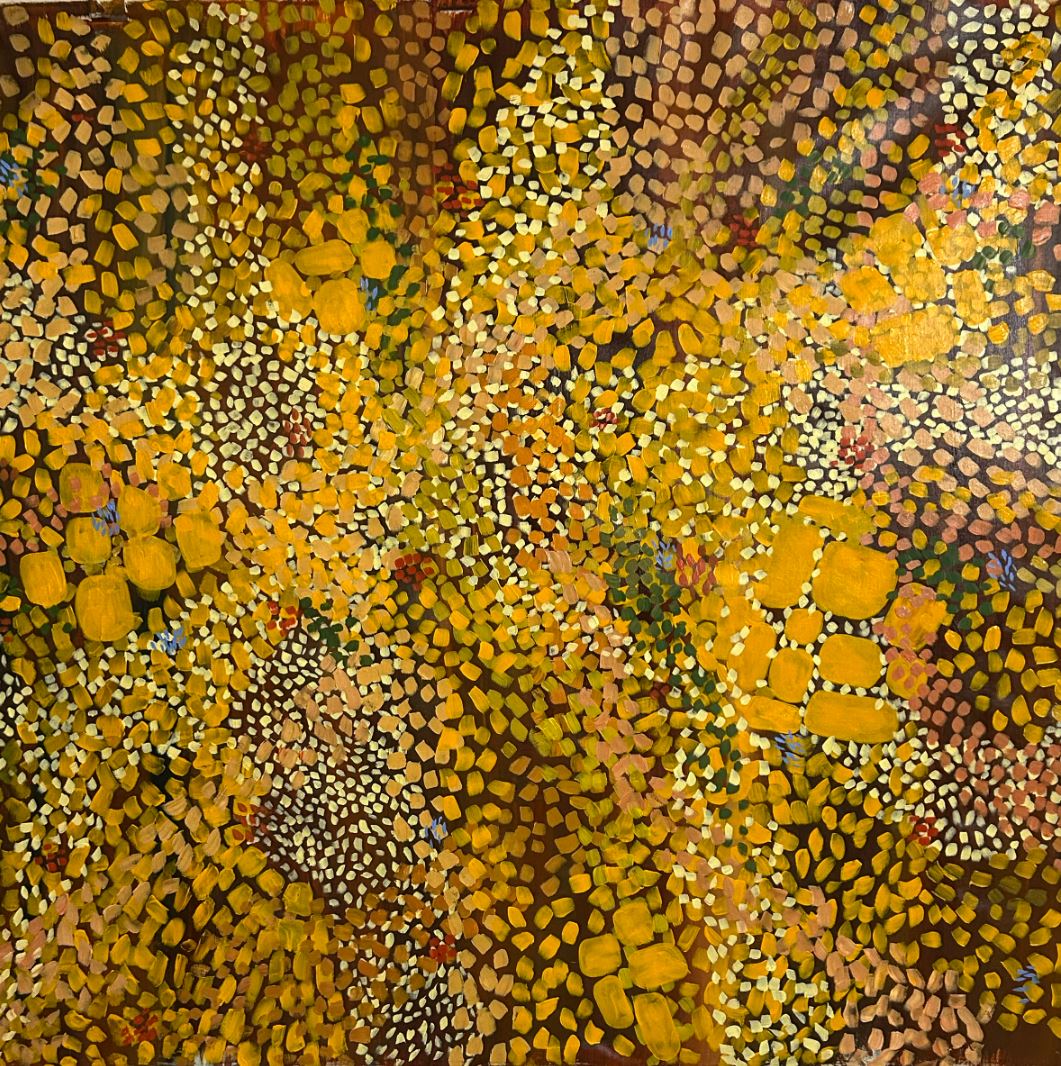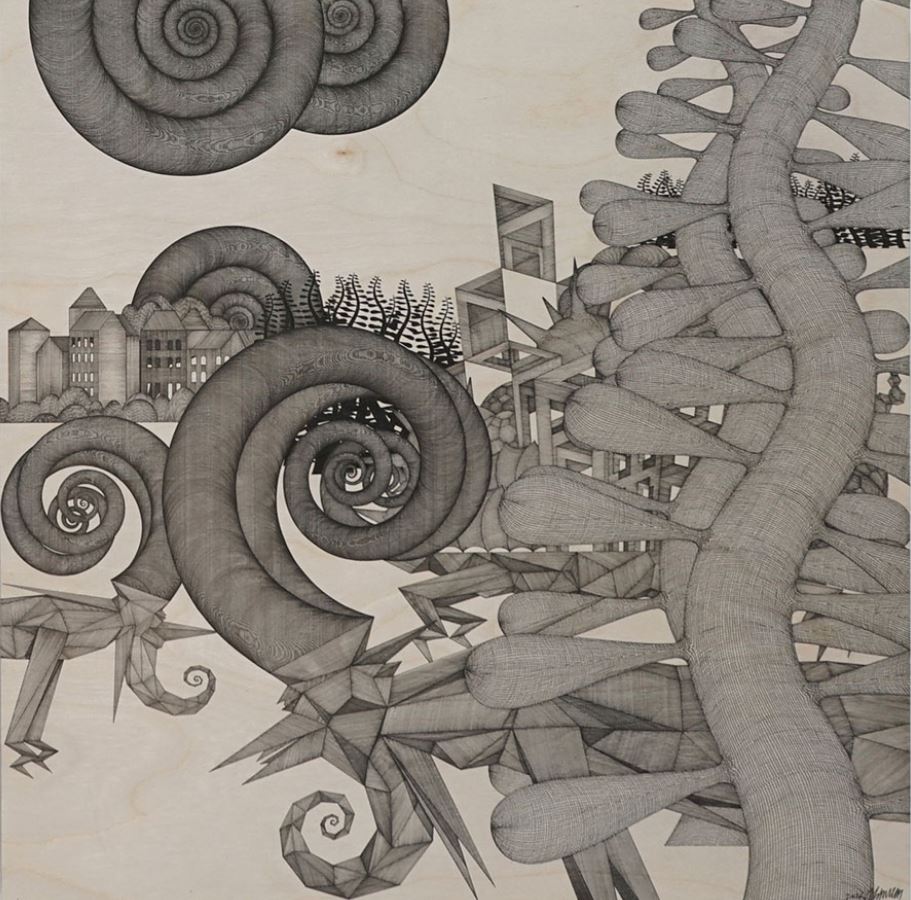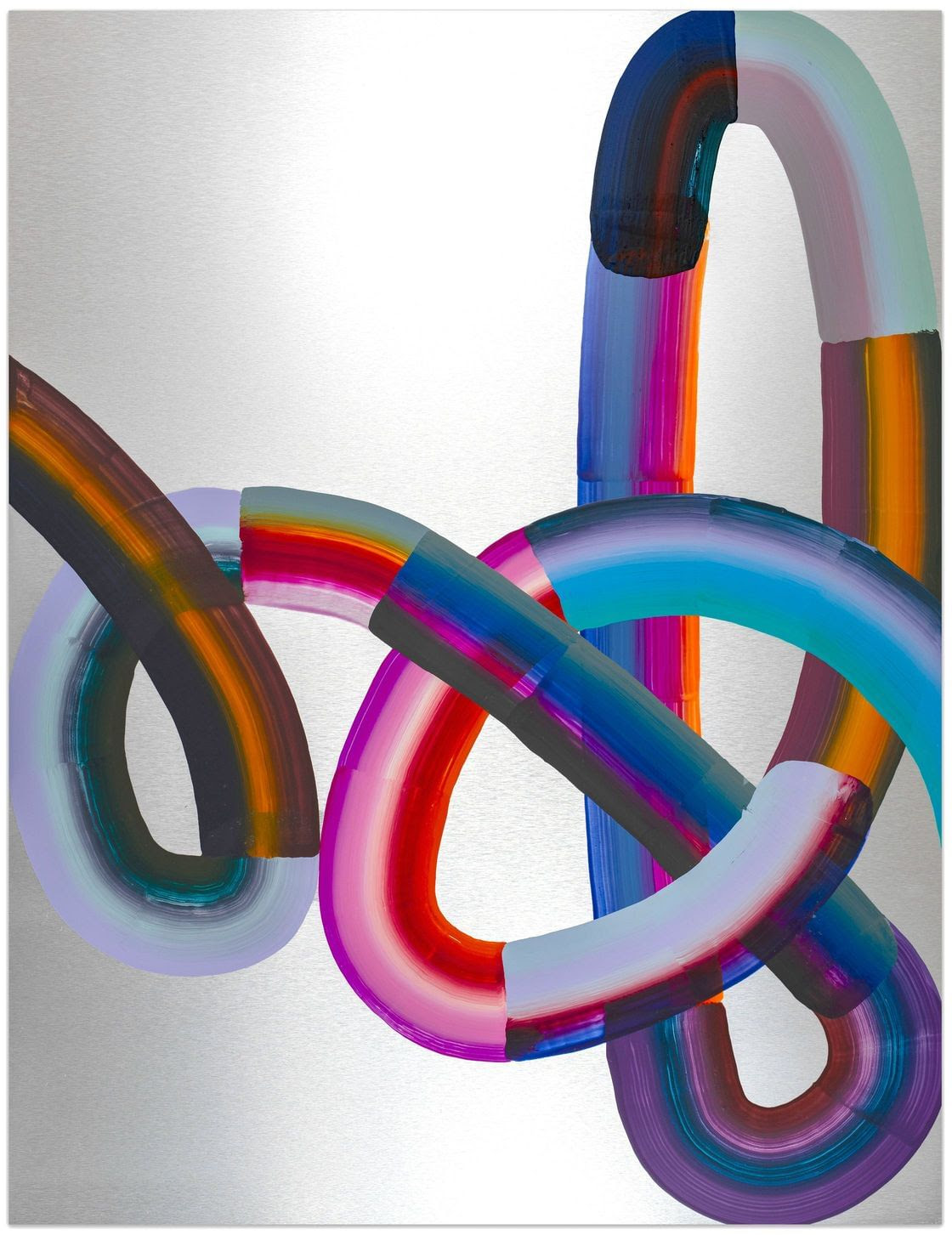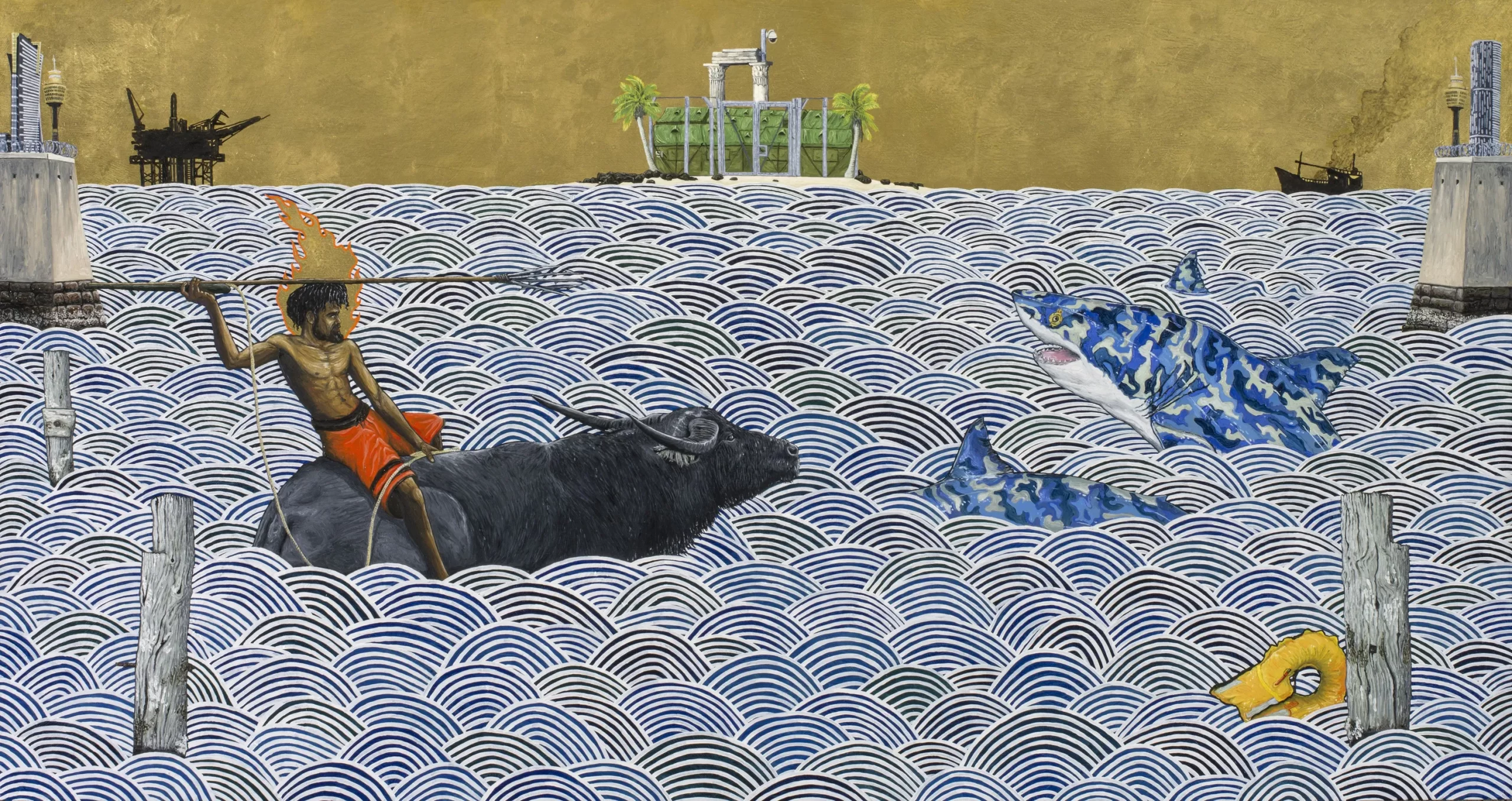
Tall Man, charcoal, crayon and acrylic on linen, 2010
When we think of Palm Island, as a place, as a construct of Queensland Government presumption and sensibility, it evokes notions, and indeed memories, of the ‘Aborigine’s Act’, and words like ‘Protectionism’ and ‘Assimilation’. When we think of the Palm Island riot we think of images coloured by racism, injustice, and a death in custody.
While tall man is an idea of Lex Wotton’s involvement in the riot, it is also about the people of Palm Island and the circumstances in which they live their lives. It is about the lives of Aboriginal people and the way we see ourselves in times of this kind of trouble. As a people, the Aborigine in Australia exists in a world where our place is always prescribed for us and we are always in jeopardy. It is a context that we are continually having to survive. It is a context upon which we are continually having to build and re-build.
How then do we make sense of the contradictions that present themselves in conflicts such as this when ‘conflict’ for a group of people has differing resonance in two communities when only one of those communities is Aboriginal? When Aboriginal Communities can be ascribed notions of autonomy and freewill but are prevented from demonstrating such rights, how do we exercise our distinctiveness? When Aboriginal people are described as innovative and valued but are continually hampered by paternalist policies, how do we say who are, voice our desires? We design a language and an articulation that serves us. And we ask questions that come hard to those whom we are asking. We ask questions that make us difficult to dismiss. Tall man asks questions, questions that compel. What of Lex Wotton? And why don’t we talk about Palm Island? — Vernon Ah Kee November 2010 (text – AEAF)

